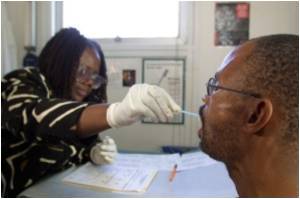Free-fatty acid receptor 1 (FFAR1) activation has been found to be a new potential therapeutic target for insulin secretion amongst type-2 diabetics

A phase-2 clinical trial was recently completed which assessed the potential of TAK-875 in achieving control of blood glucose levels without causing hypoglycemia or low sugar levels TAK-875 brings about its action by the activation of FFAR1 receptors.
Four hundred and twenty six patients with type-2 diabetes mellitus were included in this study. These were patients who did not respond to diet or metformin. The patients were divided randomly into three study groups: the first group which received TAK-875, the second group received glimepiride 4 mg once daily and the third group received placebo for over a period of twelve weeks.
The achievement of glycaemic control was measured using the gylcosylated haemoglobin percentage (HbA1c) from the baseline till the end of the study.
A significant reduction in HbA1c was observed by the researchers in the group receiving TAK-875.
The researchers also observed that hypoglycemic events were reported to be higher in the group receiving glimepiride as compared to placebo or TAK-875.
Source-Medindia














